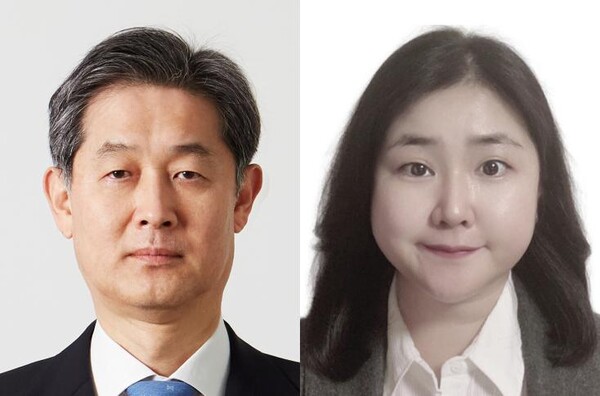A Seoul National University Hospital team identified increased activation of reactive astrocytes in the brains of schizophrenia patients, which they believe may help with identifying the cause of the disease.

This study, conducted by Professors Kwon Jun-soo and Kim Min-ah of the Department of Neuropsychiatry, marks the first time this phenomenon has been visualized through brain imaging, SNUH said.
The findings show a correlation between reactive astrocyte activation in the anterior cingulate cortex and the severity of positive symptoms such as hallucinations and delusions in schizophrenia patients.
This discovery provides important insights into the pathophysiology of schizophrenia, a severe mental disorder characterized by delusions, hallucinations, disorganized speech and behavior, and social dysfunction.
Astrocytes, which make up half of the brain's glial cells, play roles in supporting neurons, removing waste, and performing phagocytosis. Reactive astrocytes, which become overactive due to neurotransmitter regulation anomalies or inflammatory responses, are significantly involved in neuropsychiatric disorders such as schizophrenia.
This research highlights the direct role of reactive astrocytes in schizophrenia's complex pathology.
The research team used positron emission tomography (PET) with a radiolabeled compound ([18F]THK5351) to measure reactive astrocyte activation in 33 schizophrenia patients and 35 healthy controls between October 2021 and January 2023.
The results indicated that schizophrenia patients showed higher standardized uptake value ratios (SUVr) in the anterior cingulate cortex and left hippocampus compared to the control group.
These brain regions are crucial for cognitive and emotional regulation and memory formation and play roles in the neurobiological mechanisms of schizophrenia.
The study also found a positive correlation between the SUVr in the anterior cingulate cortex and the Positive and Negative Syndrome Scale (PANSS) positive symptom scores.
The team stressed that this correlation suggests that patients with higher reactive astrocyte activation in this region experience more severe positive symptoms, linking astrocyte activity to the intensity of hallucinations and delusions.
“This study has identified that the increased activation of reactive astrocytes observed in schizophrenia patients reflects brain inflammation and glutamate regulation abnormalities, which are related to the onset of schizophrenia symptoms,” Professor Kim said. “This discovery will contribute to understanding the pathophysiological mechanisms of schizophrenia at the glial cell level.”
Professor Kwon also said, “This research provides important evidence for the neuroglial cell mechanisms that have only been hypothesized in schizophrenia studies.”
It will be useful in suggesting new target brain cells for the development of future schizophrenia treatments, he added.
The research results were published in the latest issue of JAMA Network Open.
Related articles
- Despite professors’ 1-day leave, SNUH reduces confusion by coordinating appointments
- SNUBH partners with SL Christian Foundation to establish K-health screening center in LA
- SNUH to suspend all treatments next Tuesday as senior doctors leave hospital
- Electroconvulsive therapy improves schizophrenia symptoms by changing brain microstructure
- After 5-year delay, CMC Pharmaceutical wins FDA nod for oral schizophrenia drug

